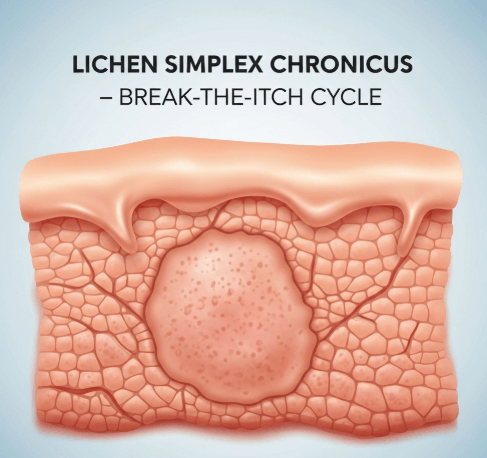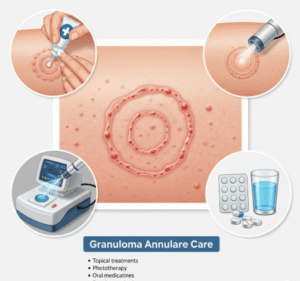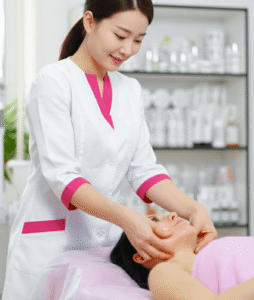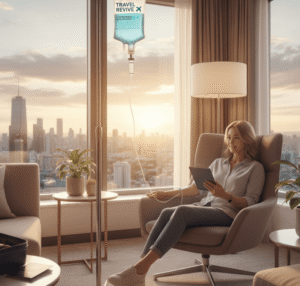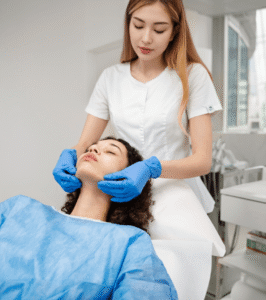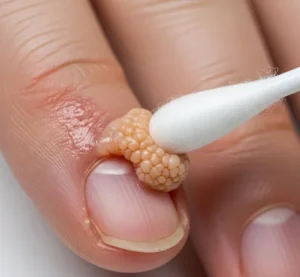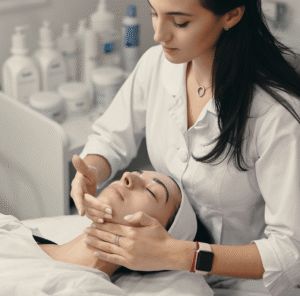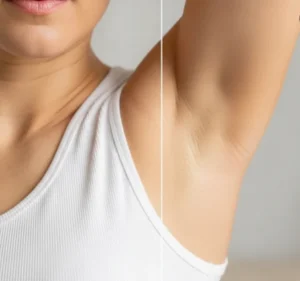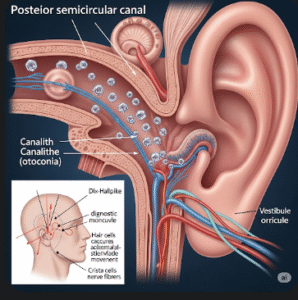What it is
➝ Lichen simplex chronicus (LSC) is a chronic skin disorder caused by repeated scratching and rubbing, leading to thickened, leathery, hyperpigmented plaques.
➝ It is often secondary to other itchy conditions (eczema, insect bites, psoriasis) or triggered by stress and anxiety.
➝ The key to management is breaking the itch–scratch cycle, which perpetuates skin thickening and chronic discomfort.
➝ In Korea, treatment combines anti-itch therapy, topical medications, behavioral strategies, and supportive skincare.
Why it’s done
→ To reduce severe itching that disrupts sleep and daily life.
→ To allow skin healing, since scratching worsens lichenification.
→ To prevent secondary infection and further thickening of plaques.
→ To improve cosmetic appearance, since LSC often affects visible or sensitive areas.
→ In Korea, management focuses on both medical and psychological control of itching.
Alternatives / Symptom Control Approaches
→ Topical corticosteroids: Medium- to high-potency applied under occlusion (plastic wrap, hydrocolloid dressing) to soften thick plaques.
→ Topical calcineurin inhibitors: Tacrolimus or pimecrolimus, especially for face, folds, or long-term maintenance.
→ Antihistamines: Non-sedating during the day, sedating at night to reduce nocturnal scratching.
→ Moisturizers and emollients: To restore the skin barrier and reduce dryness-triggered itch.
→ Neuropathic itch control: Gabapentin, pregabalin, or antidepressants (amitriptyline, doxepin) for refractory cases.
→ Behavioral therapy: Stress reduction, habit reversal therapy, and psychological support.
→ Physical methods: Occlusive dressings, wet wraps, or bandages to physically block scratching.
Preparation
→ Careful evaluation to identify underlying cause (eczema, fungal infection, contact dermatitis, psychiatric trigger).
→ Baseline counseling that LSC requires patience and long-term adherence, since relapse is common if scratching continues.
→ In Korea, dermatologists often use digital dermoscopy and photography to document progress and motivate patients.
How it’s Done – Breaking the Itch Cycle
→ Step 1: Control itch immediately
- Strong topical corticosteroid applied with occlusion for 2–4 weeks.
- Antihistamines to reduce itch and help sleep.
- Cold compresses to soothe acute flares.
→ Step 2: Maintain barrier repair
- Liberal use of thick, fragrance-free emollients (petrolatum, ceramides).
- Avoid hot showers, harsh soaps, and irritants.
- Use gentle cleansers and lukewarm water only.
→ Step 3: Prevent scratching
- Occlusive dressings or hydrocolloid patches.
- Cotton gloves at night for children.
- Short nails to minimize skin trauma.
→ Step 4: Address triggers
- Treat fungal infections or eczema if underlying.
- Manage stress and anxiety (meditation, counseling).
- Avoid scratching behaviors reinforced by habit.
→ Step 5: Long-term control
- Switch from steroids to calcineurin inhibitors for maintenance.
- Consider phototherapy (NB-UVB) for resistant cases.
- Neuropathic itch medications in severe, refractory disease.
Recovery
→ Within 2–4 weeks, itching and redness improve significantly if scratching is stopped.
→ Skin thickening softens gradually over 1–3 months.
→ Pigmentation changes may persist longer but fade over time.
→ Long-term remission is possible with consistent trigger avoidance and skin care.
Complications
→ Chronic scarring and pigmentation if scratching persists.
→ Secondary bacterial infection from open lesions.
→ Steroid side effects if overused without supervision.
→ Psychological burden: Stress, anxiety, and sleep disturbance perpetuate the itch cycle.
Treatment Options in Korea
→ Korean dermatology clinics use structured protocols combining potent topical steroids under occlusion with moisturizers.
→ Clinics emphasize skincare education with K-beauty barrier creams (ceramides, panthenol, madecassoside).
→ For resistant plaques, laser therapy or intralesional corticosteroid injections are sometimes offered.
→ Behavioral counseling is integrated, since many patients unconsciously scratch due to stress.
→ Hospitals often offer combination approaches: dermatology for skin healing, psychiatry for stress, and physiotherapy for relaxation.
→ With Korea’s integrated care model, patients benefit from medical, behavioral, and cosmetic approaches that help break the itch–scratch cycle and restore normal skin texture.

